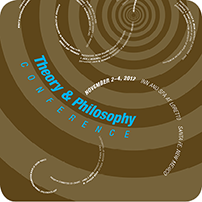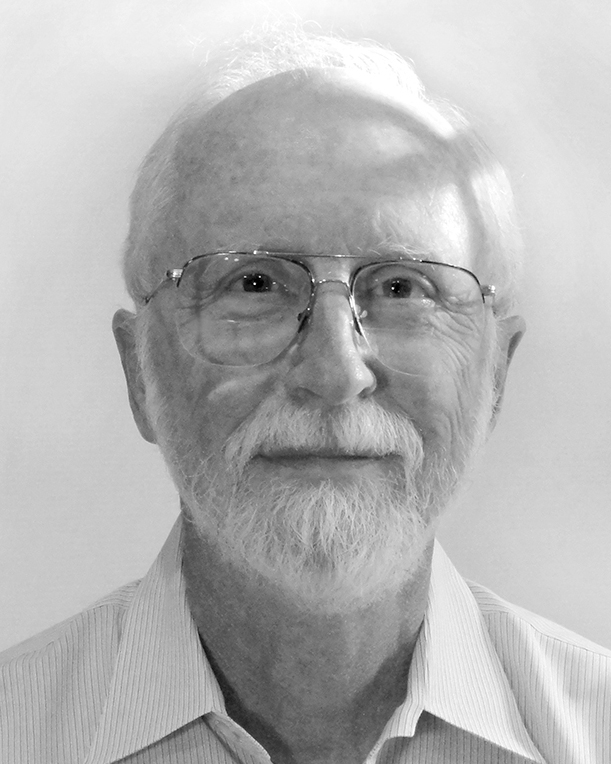Science and Control of the Behavior Stream Versus Freedom and the Free Operant

Charles Shimp (retired)

Charles Shimp was raised in a musical family. He attended The Ohio State University, Brown University, Stanford University, and recently retired after 43 years of working in the Psychology Department at the University of Utah. Currently, he is enjoying life in the astonishing geological diversity and beauty of Utah. His interests include his own personal mental life and its relation to the mental lives of others, listening to and performing music, and interacting with family and friends. He sees the science of behavior as having unprofitably divided between analyses of "shaping" and "strengthening," neither of which by itself can define nor explain behavior. The problem with independent analyses is that shaping and strengthening processes continuously interact. He says if he were younger, he would automate the shaping and strengthening of ever more complex behaviors such as undistracted and focused driving, writing and talking, and composing and performing music. He would even try to control the behavior streams of scientists when they talk about what science is because the verbal behavior that contributes much to the culture of behavior analysis is currently based on fragile, empirically unexamined assumptions. Dr. Shimp suspects learning how to control scientific behavior will shed light on the nature of behavior analysis, freedom, and the experience of beauty.
Abstract: Three categories of behavior analyses can be identified, each with its own set of advantages and disadvantages. Skinner popularized a "molecular" category with his demonstrations of how to manually and powerfully shape new behaviors out of an individual behavior stream. A "molar" category involves a previously shaped activity, often a "free operant," which is assumed to be sufficiently stable so that its average rate or average duration of occurrence can be meaningfully computed, usually in order to study how reinforcement strengthens the stable response or activity. Molar analyses can be conducted independently of any known behavior stream such as when James Q. Wilson and Richard J. Herrnstein analyzed average national crime rates. This category historically derives in part from Skinner's interpretation of Ernst Mach's philosophy of science. A third category integrates molecular and molar analyses. It automates shaping to create new behavioral patterns with specified quantitative properties and shows how shaping and strengthening processes of reinforcement interact to define and control behavior. It more precisely controls behavior than the first and second categories and thereby sharply restricts "freedom,"-which requires abandoning Mach's philosophy-and more closely resembles science as commonly understood.